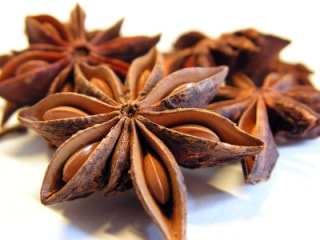Fiddlehead ferns or fiddleheads are the unfurled fronds of a young fern; they are sometimes harvested for food consumption. The fiddlehead, or circinate vernation, unrolls as the fern emerges from the ground with new growth. As fiddleheads are harvested early in the black season before the frond has opened and reached its full height, they are cut fairly close to the ground.
The fiddlehead resembles the curled ornamentation (called a scroll) on the end of a stringed instrument, such as aviolin. It is also called a crozier, after the curved staff used by bishops, which has its origins in the shepherd’s crook.
Fiddleheads are the tightly coiled new growth of ferns. Many fern species produce edible fiddleheads, which are often viewed as a prized delicacy. As a food, fiddleheads are mild in flavor, with a faint hint of forest and almonds, and they are often lightly seasoned so that their flavor is not obscured. They also, of course, form an important part of the growth habit of ferns. When in season, specialty stores may stock fiddleheads, and they can also be collected in the woods.
Health Benefits of Fiddleheads
Fiddleheads are a wonderful source of vitamin A, C, potassium, and folate (the B-vitamin superstar for heart health and reduces the risk of birth defects). They are a wonderful addition to any meal as a tasty, vitamin and mineral-rich side dish or the main ingredient in a pesto.

